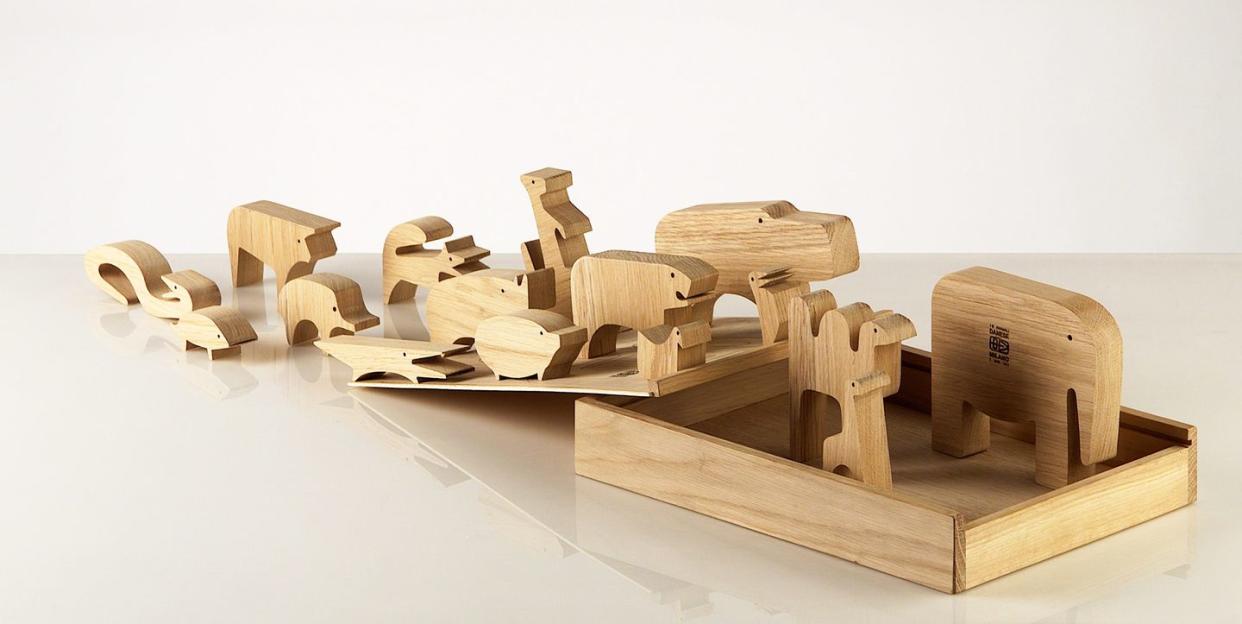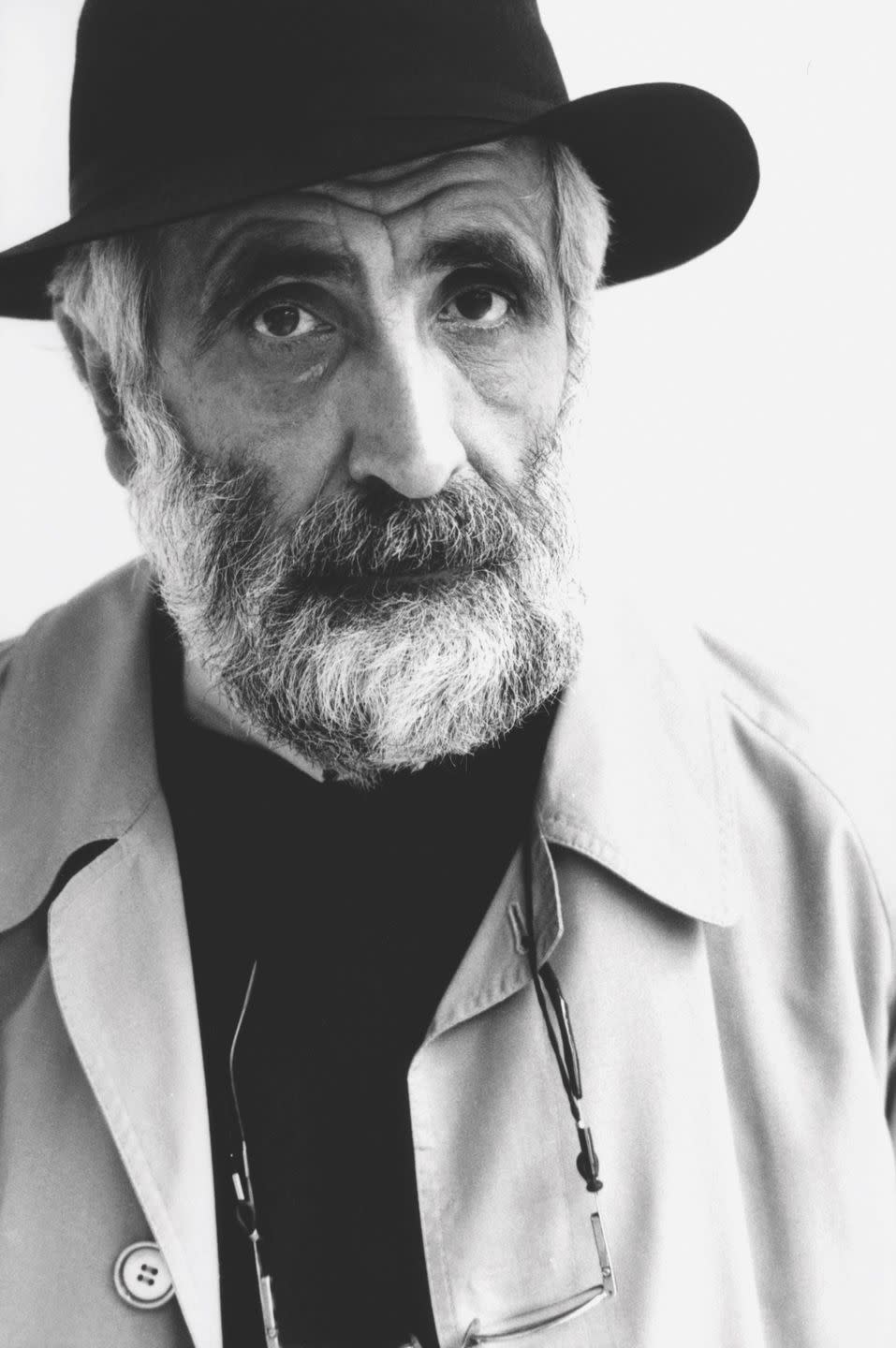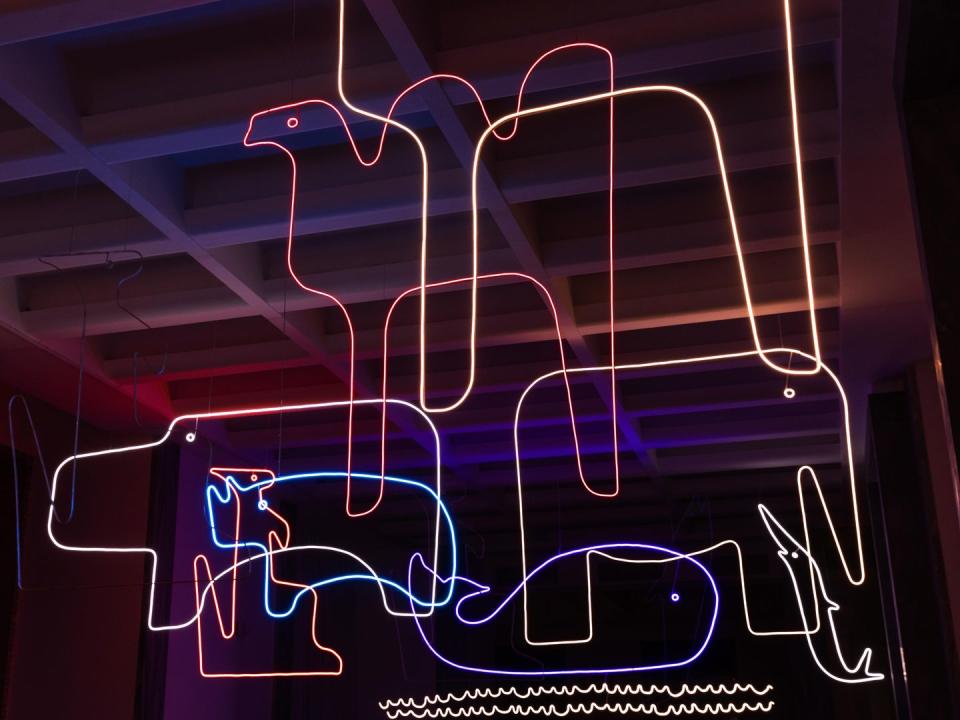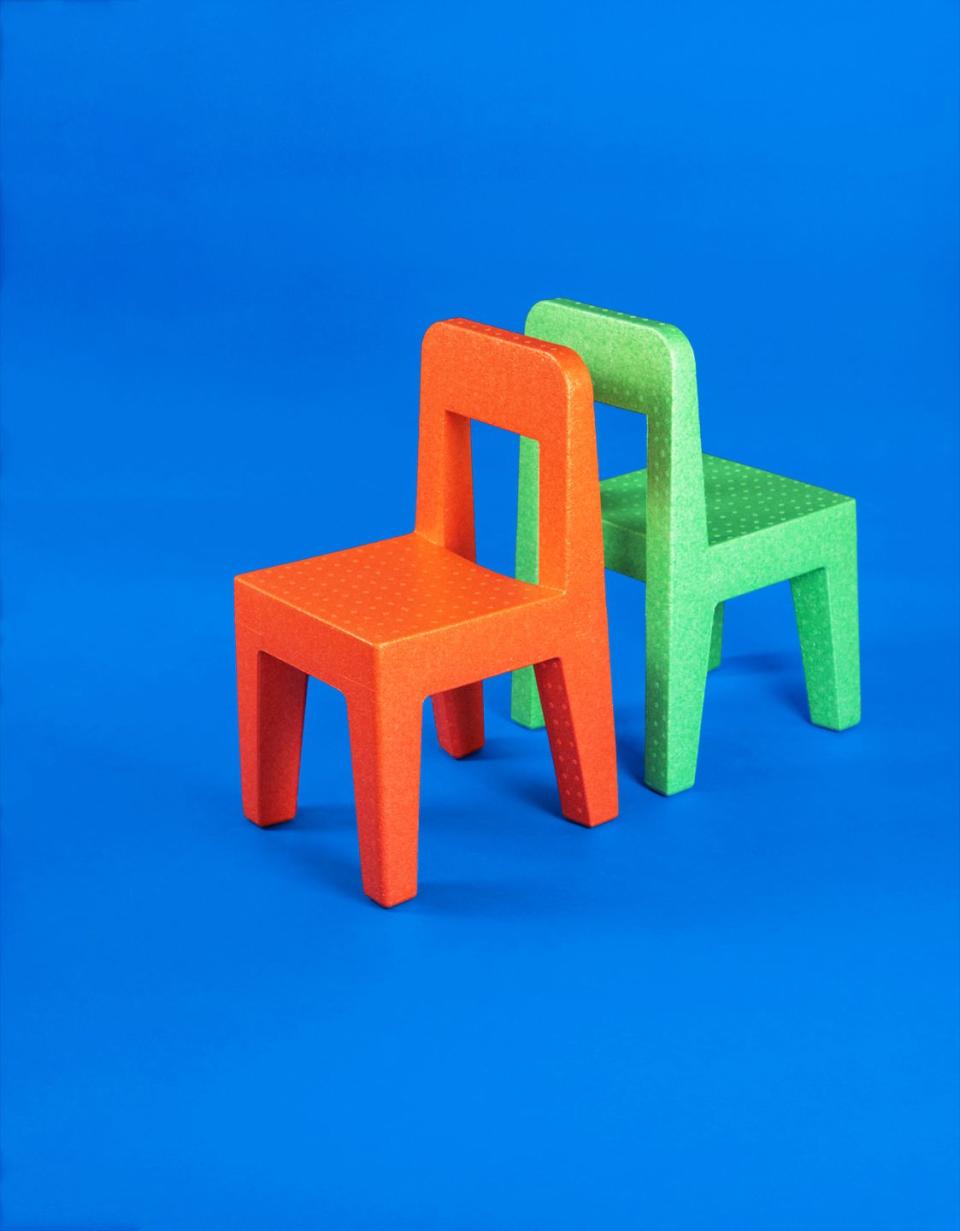Would you give the Nobel prize to two-year-olds? Enzo Mari would…

Enzo Mari (1932-2020) was someone who believed strongly in the capabilities of children. He has been quoted as saying that, if he were a Nobel judge, he would have handed a prize to every two-year-old. So aware was he of the cognitive fast-track that young minds are on that, as a father of three himself, he made it his design mission to never underestimate kids, but rather to create products that allowed them autonomy of thought.

Radical in his ethos and often uncompromising and stubborn in his approach, Mari was not the cuddly uncle of the design world, but his legacy is very much linked with the importance of play.
Peruse the highlights of his 60-year career on display at the Design Museum’s current retrospective, curated by Hans Ulrich Obrist and Francesca Giacomelli (a designer and Mari’s former studio-project assistant), and it is the pieces for children that are among his most recognisable.
The first, created in 1957, was ‘16 Animals’ (pictured top), a wooden puzzle produced by Danese Milano that is made up of a mid-century-style menagerie. The individual pieces are characterful yet unadorned, able to slot together or be used individually as protagonists in children’s games. So popular was the design that, in 1974, Mari was asked to produce a second version – ‘16 Fish’, which also featured a whale, seal and octopus.

It is perhaps the fact that these puzzles don’t dictate to children that makes them timelessly popular. This desire to let children develop their own stories was also key to another of Mari’s works: ‘The Fable Game’. A series of illustrated cards that can be attached together to tell a wealth of original stories, it was created with the intention of broadening imaginations. His iconic Uno, La Mele print of a bright-red apple (seen on many a modern wall) is a work loved by adults, but it too was conceived for children and led to the idea for The Apple and the Butterfly, a wordless children’s book created by Mari in collaboration with his first wife, Iela Mari, a talented illustrator.
Conversely, Mari’s ‘Seggiolina Pop’ chair for Magis is a piece that was originally aimed at adults. Made from lightweight expanded polypropylene, it was intended to be an affordable design – Mari was scathing of contemporaries who produced luxurious pieces of furniture at prices that were unattainable for all but a few. However, the chair’s process of production led to a rising price point. In response, the ever-inventive Mari scaled down the chair, making it more cost-effective and, in the same breath, creating an iconic seat destined to feature in many kids’ rooms.

Often referred to as ‘design’s conscience’, Mari was also a trailblazer when it came to sustainability and social responsibility – issues that increasingly occupy young minds today. His approach, much like the one he hoped to instill in the children that picked up his puzzles or took a seat on his chair, was one of innovative and individual thought. A true legacy. ‘Enzo Mari’ is at the Design Museum until 8 September; designmuseum.org


